Nutrition for Soccer Players: Can Pizza Be Healthy?
How bad is pizza for an elite soccer player or athlete? Does the timing of eating pizza matter for an athlete? Soccer fans know that Lionel Messi, Luis Suárez and Cristiano Ronaldo dig into a slice after games … but not that long ago, Pep Guardiola, coach of the Premier League club Manchester City banned his players from eating pizza.
Amy Dirks on Great Nutrition For Better Performance
Nutrition information for soccer players from Amy Dirks. Discover what makes this column so different: Read Meet SoccerToday’s Nutritionist Amy Dirks – Great Info for Soccer Players of All Ages
Soccer players of all ages are always looking for nutrition and hydration advice plus valuable tips on what to eat and drink for peak performance.
Have a nutrition question? Ask Amy! Just email Amy or visit Amy Dirks Sports Nutrition.

Most people love pizza but elite players can get yelled at by top nutritionists for eating a slice of pizza the night before a soccer game.
Soccer fans know that Lionel Messi, Luis Suárez and Cristiano Ronaldo digs into a slice after games … but not that long ago, Pep Guardiola, coach of the Premier League club Manchester City banned his players from eating pizza, and even Italy’s Napoli team took the typical Neapolitan dish off the menu for players before a game … so what is the scoop on eating that wonderful cheesy slice?
For many youth soccer coaches, soccer parents and players — pizza seems like a normal choice — here is Amy Dirks on Can Pizza Be Healthy?
Pizza … the go-to standard when you want a hot meal that’s quick and delicious.
Pizza has essentially become its own food group! Around 3 billion pizzas are sold each year in the U.S. and apparently, Americans eat approximately 350 slices per second or enough to fill nearly 100 soccer fields.
With a consumption rate that grand, one would hope that pizza isn’t all that bad for you …
Not all pizza is created equal.
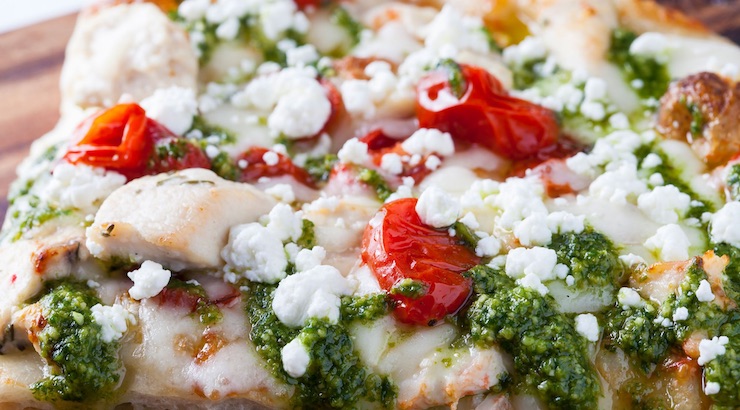
The variety of pizza available today has evolved from the traditional fare it once was. Pizza at its core is crust, sauce, and toppings. However, you can now choose from
The question remains, can you have your pizza the way you like it and it
be healthy too?
The answer is it depends on the pizza.
Let’s start with the very basics and that is the ingredients that go into the crust. If you’re using a flour that was grown in a traditional/ancient way, that’s a good start to a decent crust.
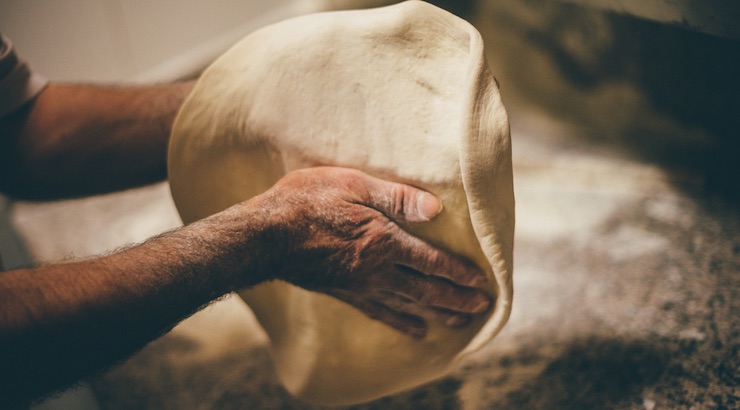
I have heard it time and time again from athletes from the European descent say “bread and grains in America are different than back home”. Some crusts (and many baked goods) are made using hydrogenated oils or oils that are inflammatory.
Opt for a thin crust (
Now let’s talk sauce.
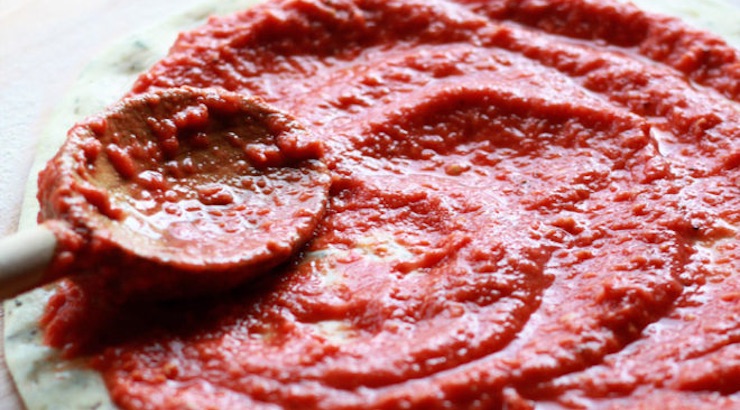
An olive oil-based sauce or pesto sauce could be the healthiest but a rich marina based sauce is what makes pizza a pizza!
Preferably the red sauce does not have a lot of added sugar, sodium, and preservatives. Tomatoes, tomato paste/sauce, herbs, and spices go into a pizza sauce. Sugar does tend to bring out the flavor of the tomatoes so if you are making your own sauce, try coconut sugar instead.
It has more fiber, zinc, iron and less of an insulin response and tastes delicious (similar to brown sugar).
Cooking Tip: A great trick is to roast the tomatoes with balsamic vinegar prior to making the sauce. Adding crushed red pepper during roasting gives the tomato sauce a kick.
You could even try a naked pizza and get the sauce on the side for dipping.
Your sauce could also be veggie heavy by cooking down peppers and onions, carrots and celery, garlic, zucchini, and spinach and then blending them in a food processor or blender. Hiding veggies this way in a familiar food is a great way to get kids to eat more veggies!
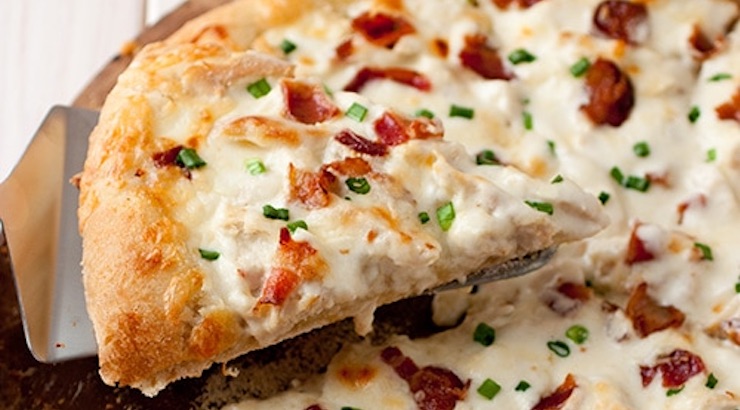
Be leary of the white sauce pizzas that use an Alfredo based sauce, especially before sporting events as they tend to be very heavy in cream, cheese, and butter which could sit on your stomach for a long time and make you feel heavy and slow.
Pizza heavy in cheese and creamy, buttery sauces can make players feel heavy and slow them down.
Healthy pizza also depends on the toppings.
You basically want a salad on your pizza; think supreme with all the veggies…peppers, onions, mushrooms, spinach, herbs, broccoli, olives, etc. Your protein choices matter too. Grilled chicken is likely the leanest option you may find.
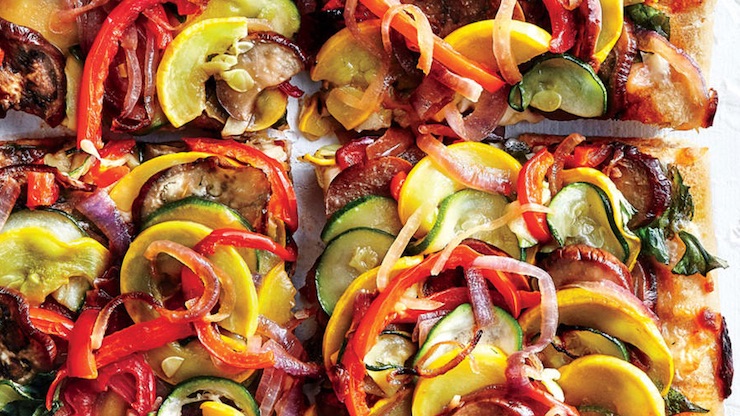
Most pizzas include processed meats with nitrates and nitrites, hormones and antibiotics such as bacon, sausage, and pepperoni.
Choose these options sparingly unless you are making your own pizza at home and know where your meats are coming from. Applegate Farms is an example of one good brand for pepperoni without the hormones/antibiotics and nitrates/nitrites.
Speaking of salads on your pizza, eating a green salad before the pizza slices is a great way to control portions, increase veggie intake (healthiest carbs), and you won’t feel deprived of pizza because you get to have a slice or two in addition to your salad!
Like all meals, there should be a balance.
Pizza is
a greasy comfort food … one that is not so balanced, making it sub-optimal for athletes.
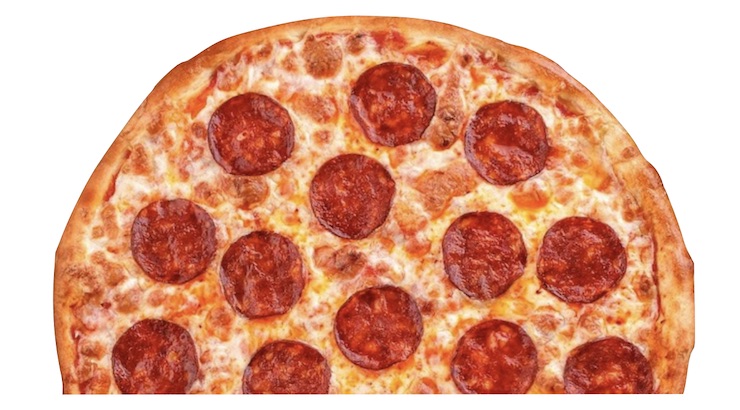
You always want to include fiber, healthy fats, a lean protein source, and complex carbohydrates (veggies!).
Fast food pizzas can have high fructose corn syrup in the sauce, inflammatory grains in the crust, hydrogenated oils, MSG, and cheap dairy from not so good sources.
This type of pizza is a health disaster, especially if it’s the staple of pizza in your diet.
If this is the case, challenge yourself to find better options. You’re still getting to eat your pizza, but your health will not suffer for it! Cheap pizzas are just that, cheaper ingredients. Pay now for higher quality so you don’t have to pay later on the field or with poorer health.
Does the timing of eating pizza matter for an athlete?
Pizza for breakfast?! Possibly, depending on when training or games are and what type of pizza you are having for breakfast. If you have a thin crust pizza with some veggies, throw a fried egg on top and a side of fruit, then that can be a sensible breakfast.
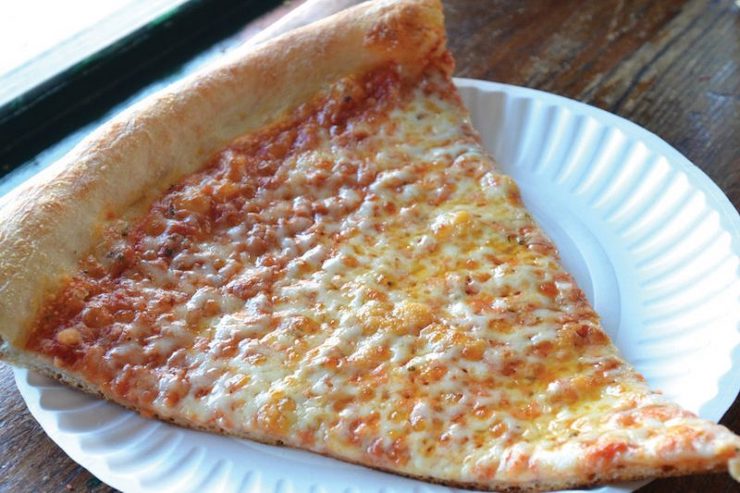
Pizza for pre-game? M
aybe not.
Again, it depends on the type of pizza but if the crust is thick, the cheese is oozing, and the meats are greasy, this can translate into making you feel sluggish before an event.
When playing soccer, you want your blood flowing to your muscles for running and playing the actual sport, not to your stomach to digest your food.
Pizza for post-recovery would be a better idea but pizza for an off-day is likely your best option!





